
Made in Saitama? 5 Original Souvenirs Created Using Traditional Japanese Techniques
Japan has various sightseeing areas and souvenirs, but you want to visit new places and buy souvenirs that you can brag about or will make your loved ones happy, right? Here is some information about Saitama and original souvenirs made using traditional techniques that are unique to Saitama. (This article was written to support the commercialization of newly developed products in the Saitama Traditional Craft Contest.)
This post may contain affiliate links. If you buy through them, we may earn a commission at no additional cost to you.
Do you know the charms of Saitama? Actually, do you know about Saitama?
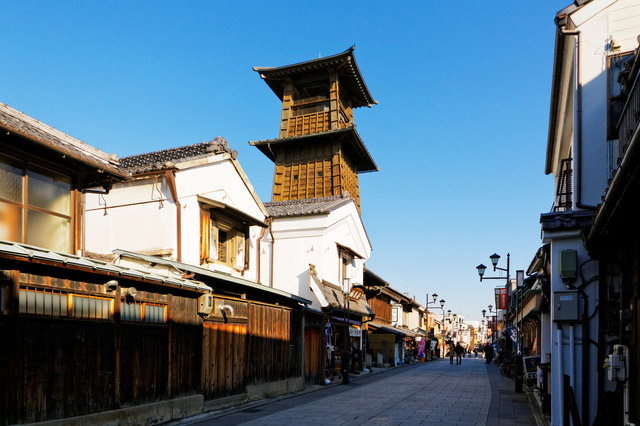
Saitama is a prefecture that has the 5th biggest population in Japan, following places like Tokyo and Osaka. It's easily accessible from Tokyo, and was a major commerce area in the Edo period (1603-1868). There are plenty of tourism spots in Saitama, including Kawagoe, a town that still retains the charm and townscape of the Edo period; Chichibu and Nagatoro, areas full of nature; and the Railway Museum that is irresistible for train fans. Also, many famous anime and manga are set in Saitama, such as Lucky☆Star and Crayon Shin-chan.
Saitama doesn't have just tourism, but also delicious cuisine. It's one of Japan's leading sweets areas, with a top-class production volume of Western sweets and chocolates, as well as being famous for sake since it is #4 nationwide for sake production volume (as of 2014). There are tons of local, delicious yet cheap dishes you can only find in Saitama, like miso potatoes and fried jelly, so in recent years it's been attracting not just Japanese tourists but also lots of foreign tourists as well.
Saitama can't lose to Tokyo…. Foreign tourists should know more about Saitama!
Thus began a project to create original items using traditional Saitama crafts and techniques!
Since historically Saitama was close to Edo (now Tokyo), it was an area connected to the development of Edo culture, and today the area continues to protect their idiosyncratic traditional crafts.
IMPACT SAITAMA is a project developed to teach more foreign tourists all about the charms of Saitama. In this project, new items using traditional Saitama techniques were created, a new product development contest was held, followed by a brush-up session to turn the results into sellable products. Many traditional craftsmen from throughout the prefecture participated in this project!
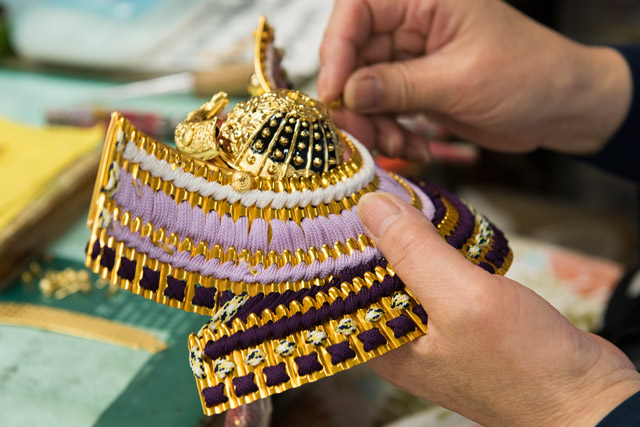
New products were finally created after some trial and error!
Many businesses sent in sample products for the contest, which then underwent a strict judging process by a panel made up of experts, creators, and foreigners. One product was chosen as the best product, and 4 as excellent products, for a total of 5 items.
Of course, that's not where it ended.
In order to turn the item into a real product, a brush-up session where the opinions of many creators and foreigners living in Japan were heard. There was passionate discussion over how to make these products become items that would be popular around the world, to the point that some products ended up changing their concept 180 degrees from where it originally began. At the end of this process of trial and error, they finally reached the development stage for these new items made using traditional techniques.

This is the combination of tradition and originality! All of these items are souvenirs that you'll want to buy and bring home
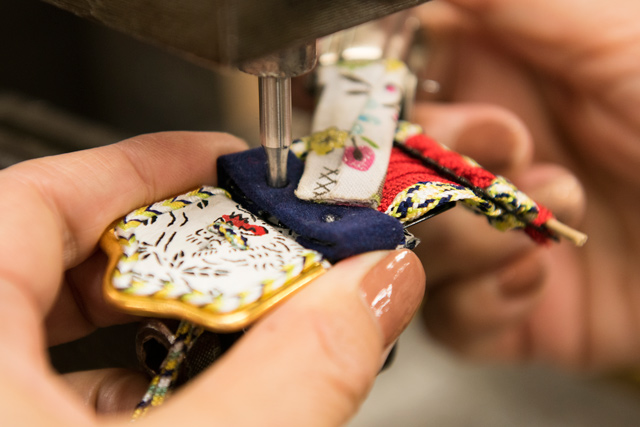
Here are the five products that were created through this project. All of them will make you want to take them home.
1. Samurai Phone Cover, a smartphone case made with a traditional technique called "odoshi," originally used to create samurai armor
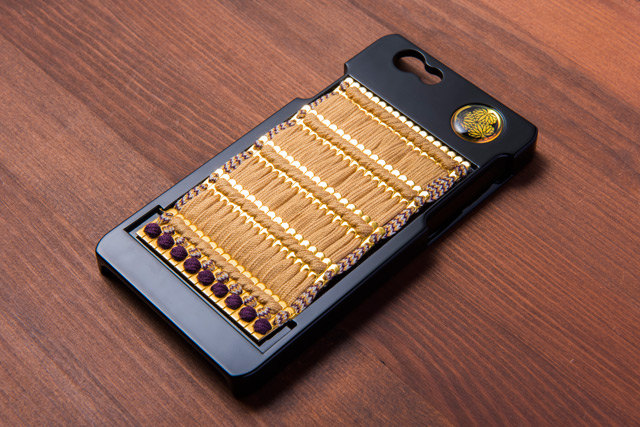
Gogatsu Sekku, known as Children's Day, is one of the traditional seasonal festivals held throughout the year. It's held yearly on May 5th, and on that day armor and helmets are used as decorations, and carp kites called "koinobori" are flown to pray for the growth and success of boys. The product chosen as the top was this Samurai Phone Cover, created by a company called Asahina that creates Koshigaya armor, a type of colorful armor that's characteristic of the city of Koshigaya. The traditional technique used in creating armor, "odoshi," is used in this case for protecting your smartphone, something that is now essential to daily life.
"Odoshi" is a technique in which thread called "odoshiito" is woven to create pieces of armor called "kozane." The characteristic of odoshi is that, depending on the thread and the weaving technique, you can create different types of patterns. The design used to decorate the smartphone is made with this technique for colorful lines.
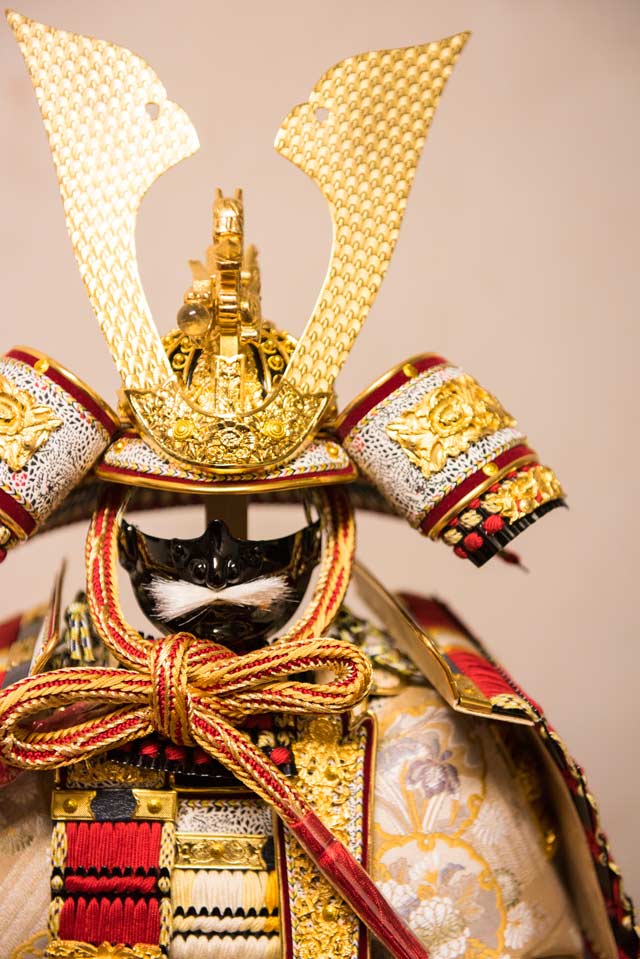
Armor was worn in the Warring States Period to protect warriors, but now they're used as traditional home decorations to pray for prosperity and safety. The techniques used to make this protective armor are now used to protect your smartphone! Interesting, right?
It seems like the biggest issues were choosing the color of the odoshi, which is the most important technique in making armor; what color of resin will make the odoshi stand out best; and how to explain that it is a piece of armor. Being able to add and remove the odoshi on the cover is a big point.
■Message from the creator
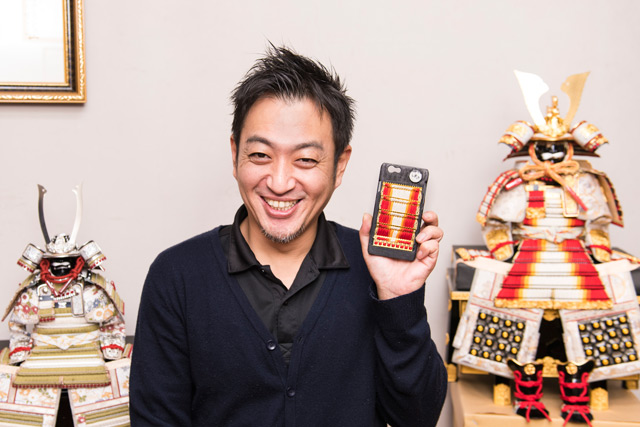
I paid very close attention to the colors of the armor and the creation of the details so that anyone that picks it up will be happy at the sight. Armor is a traditional Japanese craft and I want this to be a step forward for people to learn about Japanese culture and those traditional techniques! It seems that many people have an image of samurai when they think about Japan, so it would be great if that is represented in this product.
Find more information here (Japanese only)
2. You can be together with a samurai at all times♪ Samurai Bottle Helmet
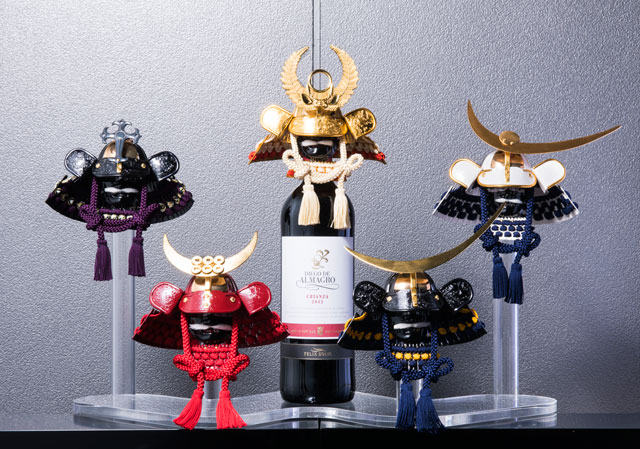
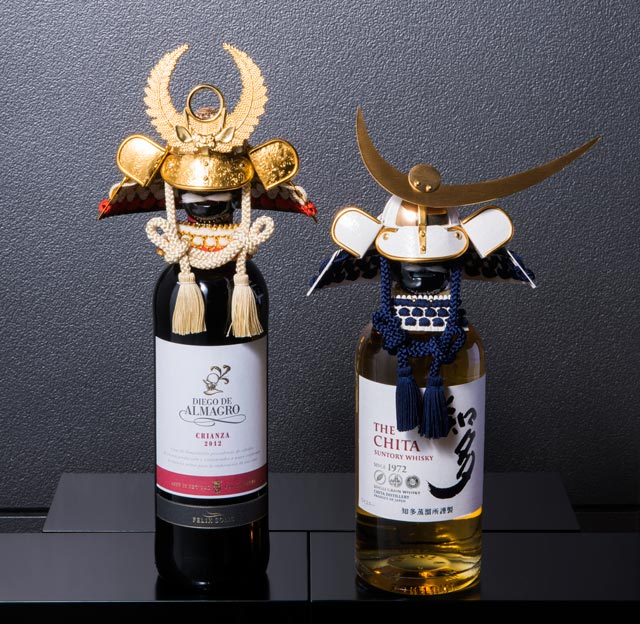
Just like Asahina, the company Tadayasu makes Koshigaya armor for Children's Day, and used their techniques to create the Samurai Bottle Helmet. These miniature helmets made with genuine techniques to give them a dignity reminicent of the armor work by Japanese warriors during the Warring States period are actually bottle caps for liquors like whiskey!
The line-up includes 5 varieties based off of the helmets worn by popular warriors from the Warring States period: Sanada Yukimura, Tokugawa Ieyasu, Oda Nobunaga, Date Masamune, and Uesugi Kenshin."
This item is made using the same traditional techniques and operations that have been passed down since the Edo Period and are used to make armor for Children's Day like goldsmithing, lacquerwork, and plaiting. They're so real they seem like they'll move on their own.
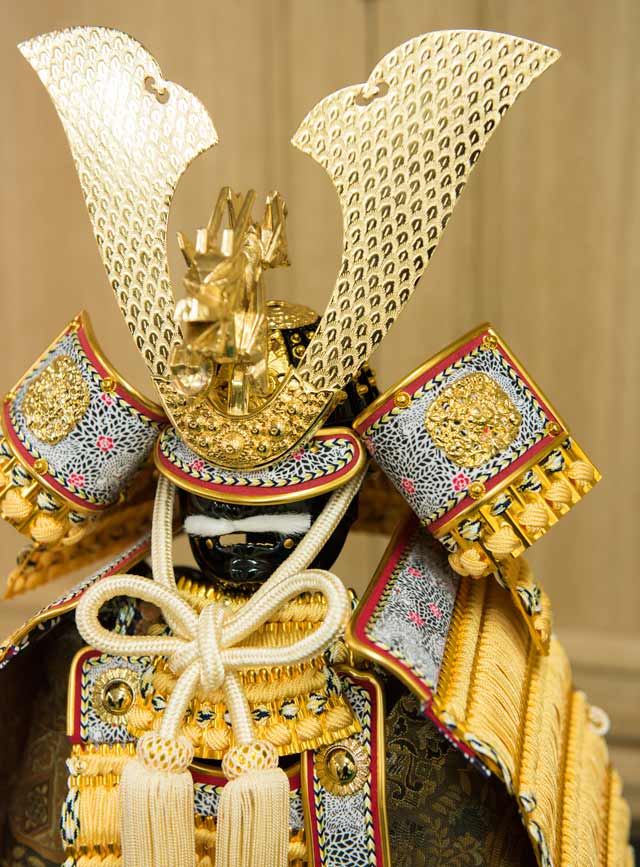
Armor is now mostly used just as decorations for festivals like Children's Day, but this Samurai Bottle Helmet can be used both as decoration and also as a functional bottle cap. You can enjoy a glass of whiskey as you gaze at the Samurai Bottle Helmet and enjoy a slightly luxurious time."
One of the major issues with this product was that at first, it was to be a wine stopper. However, there were opinions during the discussion period that it might be better to make it into a whiskey cap, so having to reform it from the beginning in very little time was difficult. Also, it was created so there would be no difference between this cap and a real helmet, so the design has a sense of unity.
■Message from the creator
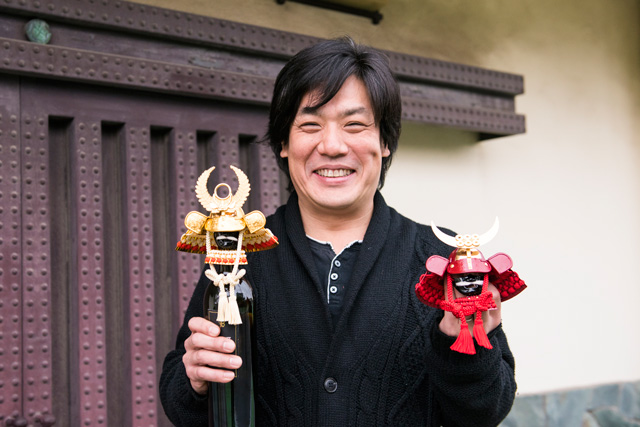
This product is mostly handmade using techniques handed down since ancient times, and it's an elaborate miniature of the real thing. It was created with plenty of emotion behind it, so take a look and keep it at your side.
Find more information here (Japanese only)
3. Koibumi - Lover Letter -, a letter set made with Hosokawa washi paper
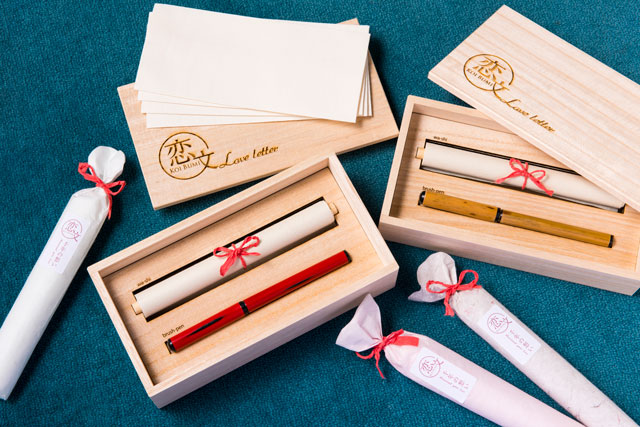
Tsukurie, a company selling handmade items related to traditional crafts, developed Koibumi - Lover Letter -, a letter set made with Japanese aesthetics. Inside a box made of Kasukabe paulownia wood sits rolls of Hosokawa paper and a brush pen for a letter set that can only be achieved by Saitama. There's a standard type and a premium type that comes with envelopes, as well as Ogawa washi paper as refills.
Ogawa washi is a type of handmade washi paper made in eastern Chichibu and Ogawa, both areas in Saitama. It has a 1300 year old history, and among the different types of Ogawa washi, Hosokawa paper made just with a type of mulberry tree called kouzo has the color and texture representative of kouzo paper for a very interesting appearance. Also, the box of Kasukabe paulownia wood is a product of Kasukabe that has been continued for around 300 years, since the beginning of the Edo period. The wood has a beautiful glossy finish, and it's of excellent quality while being bug-proof and mold-proof.
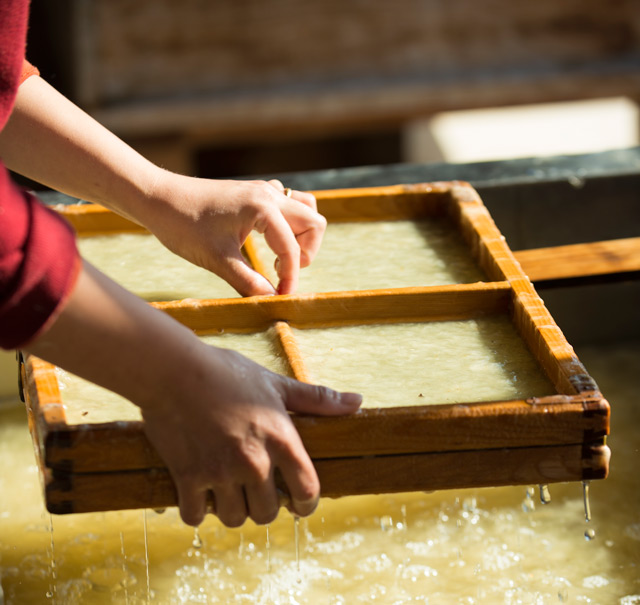
Since the washi comes in a roll, you can cut it to any size you'd like. Since it's handwritten, unlike social media and e-mail, this wonderful product allows the writers to convey their true feelings to the receiver.
This product was created using the techniques of various craftsmen, so during the brush-up session there was a lot of thinking over how to improve the product. Ease of writing was a detail that was especially focused on.
■Message from the creator

Letters are a tool that cross countries and cultures. I want people to remember and enjoy being able to communicate's one thoughts and feelings in such a traditional way. You aren't restricted to just letters, you can also draw or enjoy it in another artsy fashion.
Find more information here (Japanese only)
4. A cute bear created using traditional craft techniques, Ai Bear
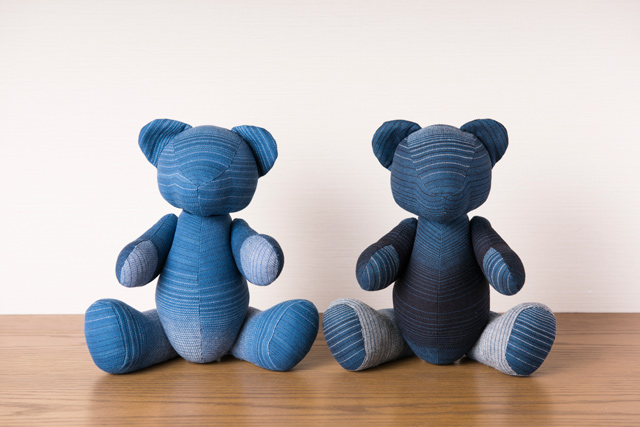
Kojima Senshoku developed the Ai Bear, a cute indigo bear made with fabric that has been dyed using the Bushu Indigo Dyeing technique. The fabric used is made from thread dyed different colors woven together into one cloth.
Bushu Indigo Dyeing is a type of traditoinal craft that has continued for over 200 years in what used to be called Bushu, an area in northern Saitama that now includes the city of Hanyu. It's characterized by the beauty that can only be achieved by hand-dyeing and the appearance changes every time it's washed. Dyer's knotweed is used to create the blue dye used to dye the thread, and it repels bugs and mold. It's very famous for being used in 80% of the kendo uniforms used nationwide.
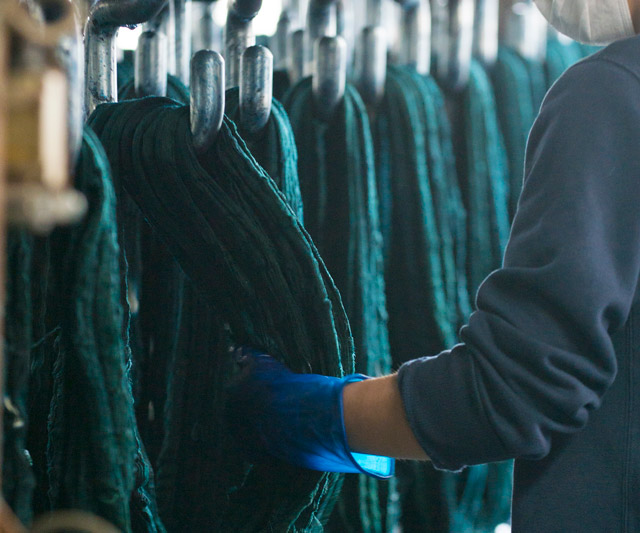
This cute item works well as a decoration no matter where you put it thanks to the refined color. It's an inspired collaboration of traditional techniques and teddy bears. It's entirely handmade, so each one is unique and completely original.
This was developed with care so that everyone can learn about Saitama's aizome dyeing, especially kase-dyeing, a technique in which threads looped into a rope so that every thread can be dyed beautifully and uniformly.
■Message from the creator
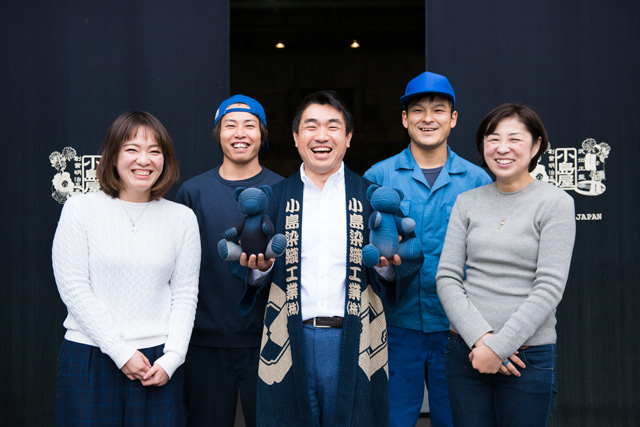
The more that aizome fabric is worked on, the better fabric it becomes, so this is a product I definitely would like you to see. I would also like you to enjoy the appearance that can only come from aizome dyeing.
Find more information here (Japanese only)
5. Great for sleeping or for yoga! Yoga TATAMI, a tatami mat
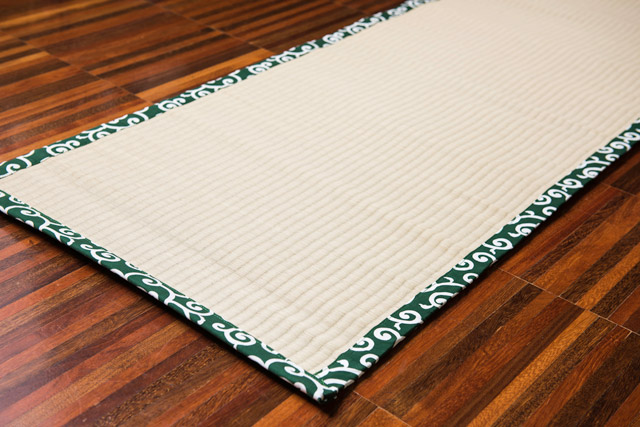
Miyazaki Tatami Ten is a tatami specialty shop that won the top prize at the Sai no kuni technical tournament. This tatami craftsman that is the pride of Saitama developed the Yoga Tatami. It's very convenient, as you can roll up this tatami yoga mat and easily carry it around! It's compact so it's easy to store, and it can be used as an interior decoration or a rug. It's made of natural soft rush, so you can be relaxed by the mat's natural fragrance.
This product is made using techniques used in creating tatamiomote, the rush matting part of tatami, Japan's traditional flooring. Tatami has a very long history stemming from the Heian period (794 - 1185), in which tatami was made as furniture for bedding or sitting using a similar construction as modern tatami. Afterwards, it began being used as flooring throughout entire rooms. In recent years, the use of tatami as flooring has lessened, but tatami now comes in various designs and used for various items, so it's once again gaining attention.
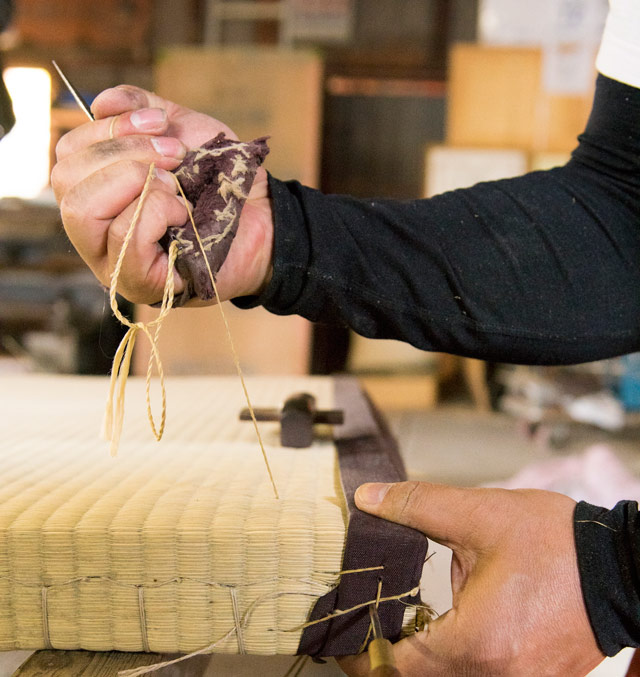
There are many items using tatami, but using it as a yoga mat is a fresh idea! Of course, if you're just tired and want to lie down, you can use it that way, too.
At first, it was going to just be for naps, but the concept underwent a huge change during the workshop discussions. The trial and error involved in improving the original concept into a yoga mat was a difficult period.
■Message from the creator
We worked very hard to make it a compact size that's easy to carry as well as on the pattern on the edges. I would like for everyone to use it and to gain an interest in tatami.
Find more information here (Japanese only)
Saitama has gained a lot of attention as a sightseeing spot, and these 5 items were developed and produced through the strong efforts of Saitama craftsmen for products that are Made in Saitama. Why not pick up some of these items early and show them off to your friends?
Where can you buy them?
All of these products can be bought at Rin8890, a shop in Tokyo that offers stylish Japanese variety goods, interior decorations, and lifestyle products. However, these products are available only for a limited time until the end of February. They also may not be displayed in the shop, so if you'd like, please inquire with a shop employee.
Rin 8890Website: http://rin-shopping.jp/shopinfo.html
Address: WATERRAS COMMON2F, 2-101 Kanda Awaji, Chiyoda-ku, Tokyo (Google Map)
(This article was written to support the commercialization of newly developed products in the Saitama Traditional Craft Contest.)
The information in this article is accurate at the time of publication.



